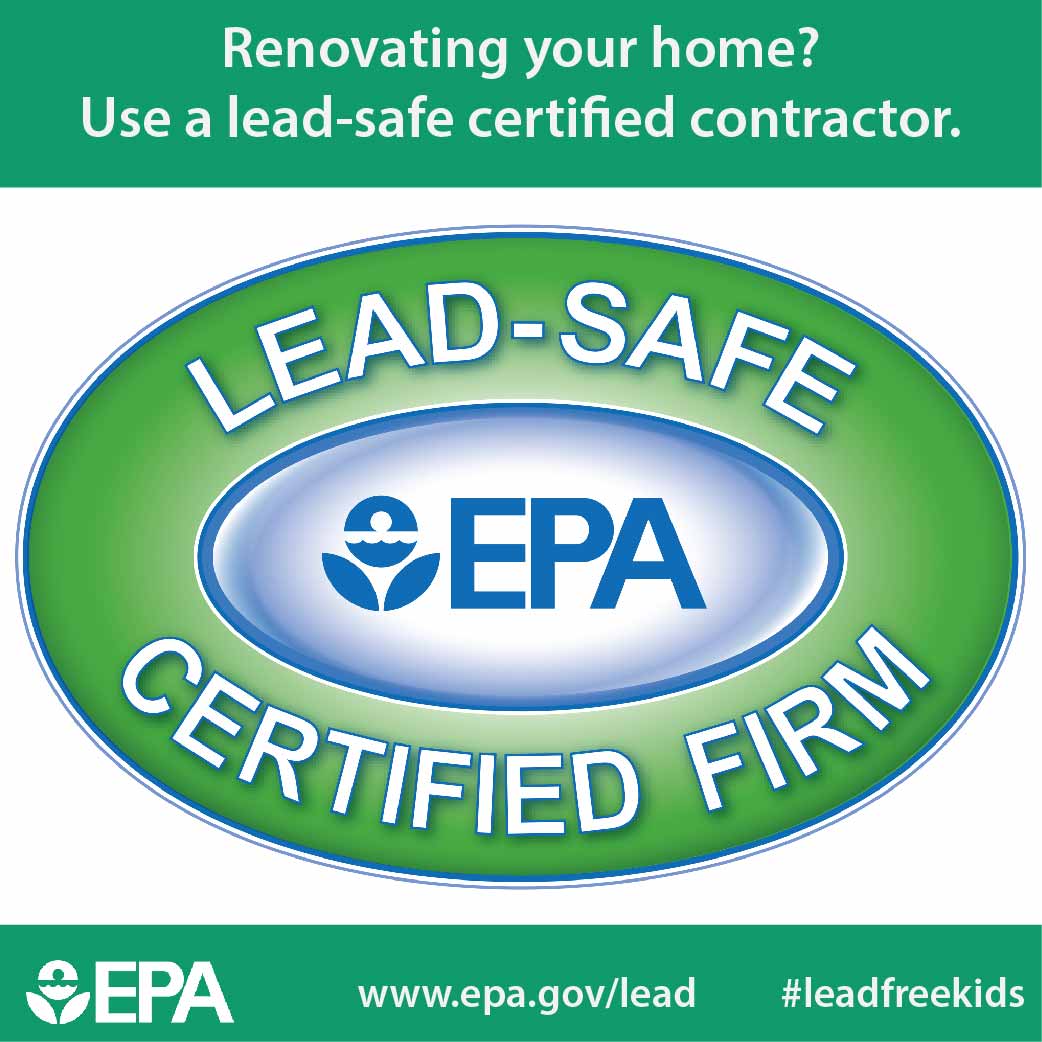Comprehending Seasonal Influences On Commercial Exterior Painting: Essential Expertise For Success
Comprehending Seasonal Influences On Commercial Exterior Painting: Essential Expertise For Success
Blog Article
Short Article Composed By-Doherty Decker
When you're preparing an industrial outside paint job, seasonal aspects can make or break your results. You'll wish to consider just how temperature and moisture impact paint application and drying times. Picking the ideal period can guarantee your paint adheres appropriately and lasts much longer. Yet which seasons are absolutely the very best for this type of work? Let's check out the key elements that can affect your task's success.
The Impact of Temperature Level on Paint Application
When you're preparing a commercial external painting job, the temperature can considerably impact how well the paint adheres and dries out.
Preferably, you intend to paint when temperatures vary in between 50 ° F and 85 ° F. If it's too cool, the paint may not heal appropriately, leading to problems like peeling or fracturing.
On the other hand, if it's too warm, the paint can dry too swiftly, preventing appropriate adhesion and causing an unequal surface.
You ought to likewise think about the moment of day; early morning or late afternoon uses cooler temperature levels, which can be extra beneficial.
Always inspect the maker's suggestions for the particular paint you're using, as they commonly give guidance on the optimal temperature level variety for ideal results.
Humidity and Its Impact on Drying Times
Temperature isn't the only environmental variable that influences your commercial exterior painting task; moisture plays a considerable function as well. High moisture degrees can decrease drying out times dramatically, impacting the general high quality of your paint job.
When the air is filled with dampness, the paint takes longer to cure, which can cause problems like inadequate attachment and a higher threat of mildew growth. If you're repainting on a particularly damp day, be prepared for extensive wait times between coats.
It's critical to monitor local weather conditions and plan as necessary. Ideally, aim for humidity levels between 40% and 70% for optimal drying.
Maintaining these factors in mind guarantees your task stays on track and supplies a long-term finish.
Best Seasons for Commercial Outside Paint Projects
What's the most effective time of year for your business exterior paint jobs?
Spring and very early fall are commonly your best options. Throughout these periods, temperatures are light, and humidity levels are commonly reduced, producing perfect conditions for paint application and drying out.
Prevent summer's intense heat, which can trigger paint to dry as well quickly, bring about poor adhesion and finish. In a similar way, winter's chilly temperature levels can prevent proper drying and curing, taking the chance of the long life of your paint task.
commercial exterior painter twin cities for days with temperature levels between 50 ° F and 85 ° F for optimal outcomes. Remember to inspect the local weather forecast for rain, as wet conditions can destroy your job.
Planning around these factors guarantees your paint job runs smoothly and lasts much longer.
Conclusion
Finally, intending your industrial external paint tasks around seasonal factors to consider can make a significant distinction in the end result. By organizing work during the perfect temperatures and humidity degrees, you'll make sure much better attachment and drying out times. Keep in commercial and residential painting to keep an eye on regional weather forecasts and pick the right time of year-- springtime and very early loss are your best choices. Taking these actions will assist you attain a long lasting and specialist surface that lasts.
